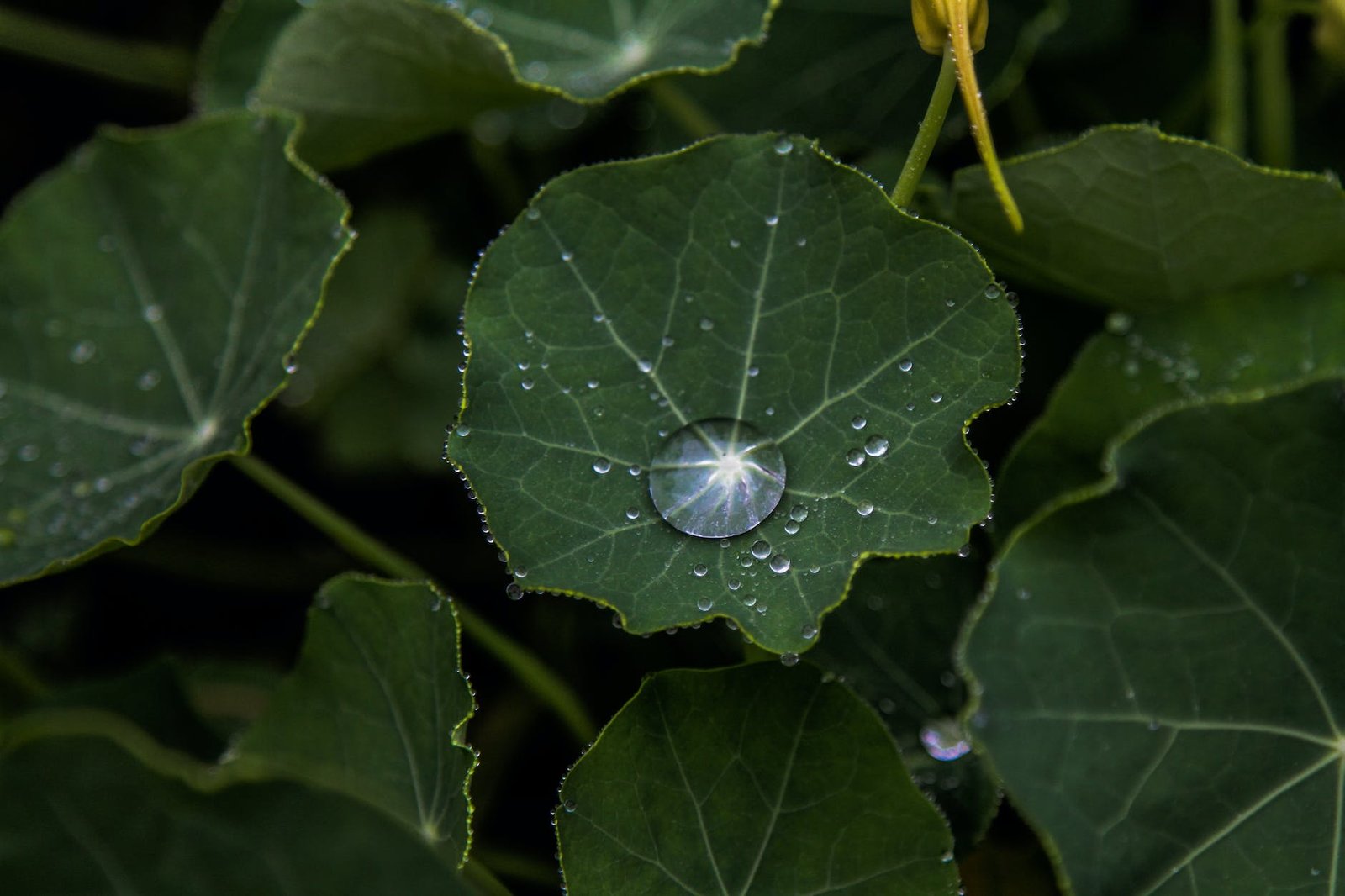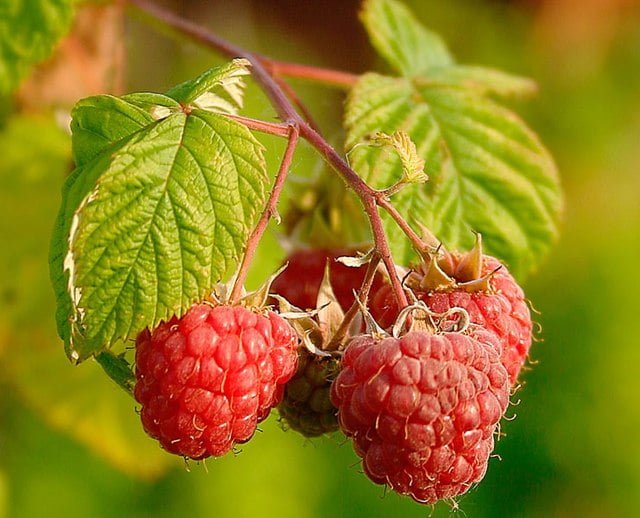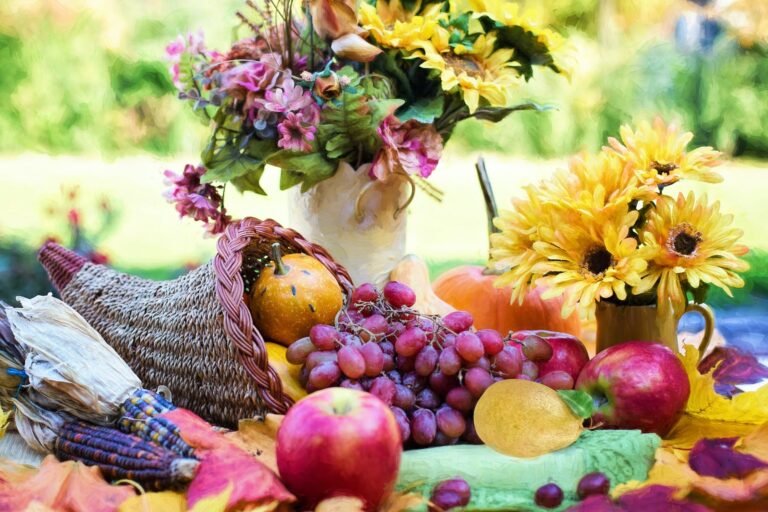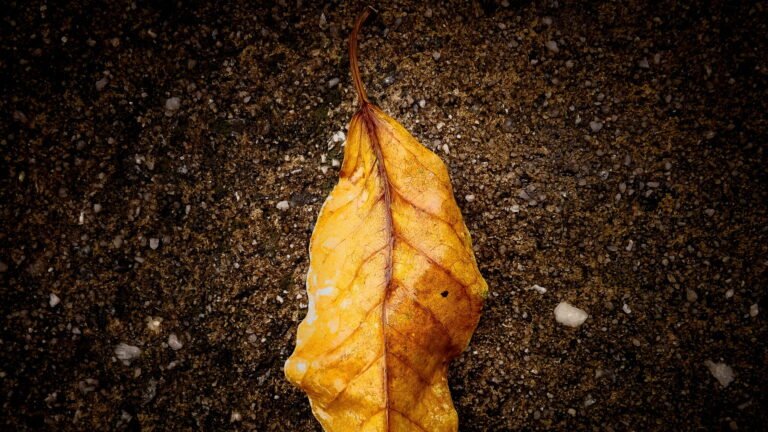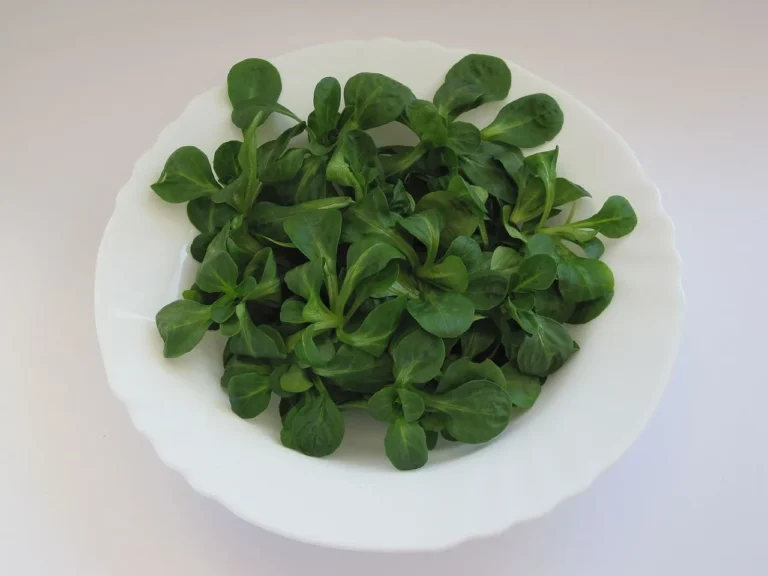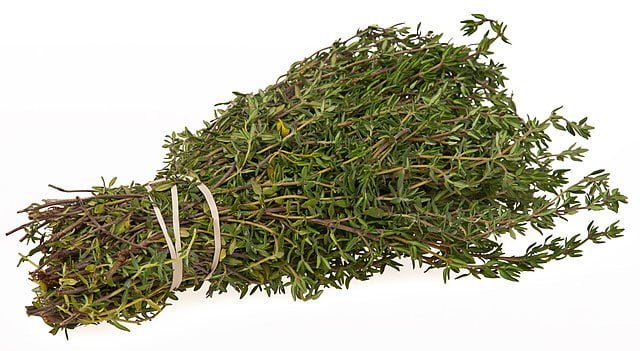Edible Flowers from the Garden: A Blooming Culinary Adventure
Gardens aren’t just for traditional fruits and vegetables; they can also be a source of delicious and beautiful edible flowers. Whether you’re a seasoned gardener or just starting your garden journey, this guide will introduce you to edible flowers, their various uses, and how to safely incorporate them into your meals.
Why Eat Edible Flowers?
Flowers offer more than just visual appeal in your garden; they also provide a range of flavours and nutrients. Here’s why you should consider including them in your diet:
- Rich in Nutrients: Many edible flowers are rich in vitamins like A and C.
- Flavour Variety: They offer a range of flavours, from sweet and floral to spicy and herbaceous.
- Aesthetic Appeal: Flowers add vibrant colours and visual interest to dishes.
Common Edible Flowers
Here are some commonly grown edible flowers you might consider adding to your garden:
Nasturtiums

- Taste: Slightly peppery, similar to arugula
- Uses: Salads, garnishes, and infusing vinegar
Calendula

- Taste: Somewhat spicy or peppery
- Uses: Soups, teas, and as a saffron substitute
Lavender

- Taste: Sweet and floral, with hints of mint
- Uses: Desserts, teas, and aromatic sugar
Pansies

- Taste: Mildly grassy and sweet
- Uses: Decorative cake toppers and in salads
Dandelions

- Taste: Slightly bitter
- Uses: Salads, teas, and dandelion wine
Culinary Uses of Edible Flowers
Salads
Add a burst of colour and flavour by incorporating edible flowers like nasturtiums and pansies into your garden salads.
Desserts
Garnish cakes, pastries, and puddings with vibrant petals from roses or violets for a beautiful presentation.
Drinks
Infuse cocktails, lemonades, or teas with flavours from flowers like chamomile, lavender, or borage.
Garnishes
Use edible flowers to garnish anything from hors d’oeuvres to main courses, offering a delicate finish to your dishes.
Harvesting and Storing Tips
Harvesting
- Pick flowers in the early morning or late afternoon, avoiding the heat of midday.
- Choose flowers that are in full bloom but are not wilted or damaged.
Storing
- Rinse gently and pat dry with a paper towel.
- Store in an airtight container in the fridge for up to a week.
Safety Precautions
- Identification: Make sure you correctly identify flowers before consuming them.
- Pesticides: Only eat flowers that have been grown without harmful chemicals or pesticides.
- Allergies: If you have allergies to certain plants, consult your healthcare provider before consuming their flowers.
Final Thoughts
Edible flowers can bring joy and creativity to your culinary adventures, as well as additional nutrients and flavours. As you plan your garden, consider dedicating a space to these beautiful and tasty blooms.
For more gardening insights and inspiration, keep checking back with Gardeners Emporium.
We hope this guide on edible flowers enriches both your garden and your dining table. For more delightful and educational gardening content, stay tuned to Gardeners Emporium.

